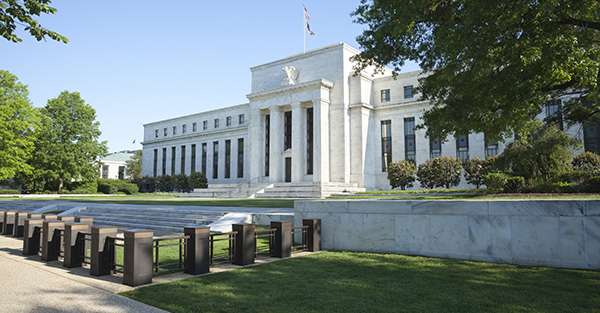
Social Media Blitz Has Russians Asking: What’s a Central Bank? … Bank of Russia expanding its reach by turning to social media Inflation expectations remain high despite slower price growth … Here’s what Governor Elvira Nabiullina’s latest quest to uproot high inflation expectations is up against: most Russians don’t know what a central bank is, and the price growth many of them actually face is at least double what the statisticians are reporting. -Bloomberg
This Bloomberg article describes how the Russian central bank is using “social media” to explain central bank manipulations and then gives us a rundown on what other central banks are doing.
Finally, some eight years after the start of this latest global, quasi depression, central banks are beginning to fight back against their negative perceptions.
Of course, the negativity is well-deserved. Central banks ruin economies through monetary debasement and are constructed to do so.
Every time a central bank does something to “help” it is actually harming.
Enough harm and economies begin to collapse.
This is all to the good from the point of view of those controlling central banks – as the goal is further globalism. The more chaos, the more “order” can emerge that moves the system toward true internationalism.
But the process falls apart if people distrust central banking and want to remove such banks.
Now central banks are starting to use social media to remake their images.
More:
Within a year, the central bank will … start a website with explanatory materials on economics and financial services … It still has a way to go to keep up with its more tech- and media-savvy colleagues elsewhere.
The Austrian central bank’s website features a Tetris-style game devoted to the new 50-euro bill. The Czech National Bank has released an app to explain its unorthodox efforts to re-ignite price growth.
On his first day in the job last year, Irish central bank Governor Philip Lane promised on YouTube to keep “in regular touch, through blogs, more video messages and also directly”.
According to the article, central bankers have adopted Twitter as “the most popular platform, with policy makers from 72 countries operating an account, followed by YouTube and Facebook.”
Bankers have realized social media can “circumvent traditional media,” so they can bring their message to the masses without any interference.
In the case of the Russian central bank, social media is being used to try to dent expectations of further inflation.
Inflation expectations are making it hard for the Russian central bank to reduce rates. The central bank just held key interest rate unchanged at 10.5% at its policy meeting on July 29, “citing a pause in the decline of inflationary expectations,” according to Bloomberg.
The Putin government wants considerable easing but the Russian central bank is independent of the government and Putin has not moved to change that arrangement.
The Russian central Bank is attacking people’s expectations of inflation using Facebook to explain rate decisions. Top Russian central bankers even make YouTube videos with graphics to explain policies and emphasize that inflation is slowing.
Twitter is even being used to “invite people to put forward images of their cities to be featured on the new 200-ruble and 2,000 ruble notes.” In October, Russians will be able to vote for the new notes.
Conclusion: Of course, none of this changes the fundamental reality of central banking, which is that price fixing of the value and volume of money inevitably leads to economic instability and worse. What such banks do is counterproductive and ultimately ruinous. The “experiment” is a century old at this point, and the “results” are in.
